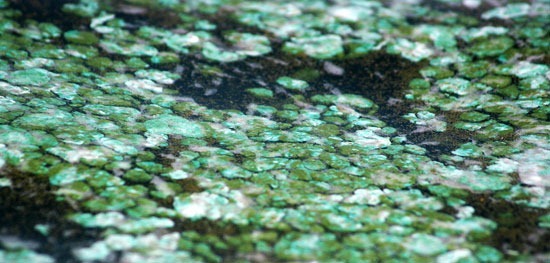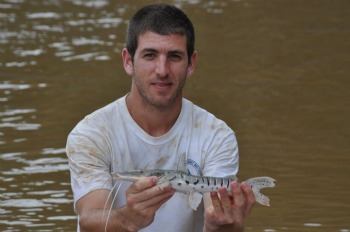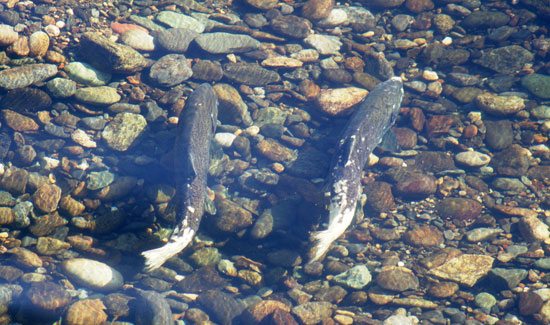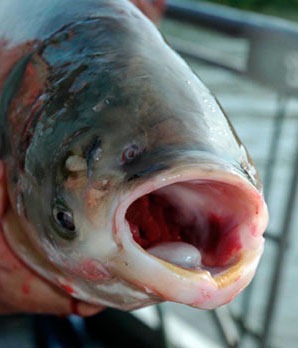NOAA funds research on how phosphorus drives blue-green algal blooms
0
A research project at the New York-based Stony Brook University aims to investigate how different kinds of phosphorus feed blooms of blue-green algae in the Great Lakes.
The National Oceanic and Atmospheric Administration has awarded $285,895 to the project, which is expected to last three years and cost nearly $500,000.
Christopher Gobler, associate professor at SBU’s School of Marine and Atmospheric Sciences, is leading the project, along with James Ammerman, Director of New York Sea Grant, and Charles O’Neil, NYSG’s Interim Associate Director and Sr. Extension Associate/Coastal Resources Specialist.
The project will focus on Microcystis, the toxic algal species that have been the scourge of Lakes Erie and Ontario. This strain of blue-green algae can produce up to four liver and nerve toxins harmful to people and animals. It has become an increasing threat to beachgoers and drinking water supplies.
It’s well known that nutrient loading from chemicals such as phosphorus and nitrogen feeds excessive growth of these harmful blooms. Indeed, phosphorus has been the leading culprit in Lake Erie’s recent surge in blue-green algal blooms, and it was also the largest cause for Erie’s status as a “dead lake” in the 1960s and ‘70s. Phosphorus is applied to farmland as a fertilizer, but excessive amounts are often used. The excess leaches into groundwater and surface water and eventually reaches the Great Lakes.
Phosphorus, however, can appear in a number of different chemical forms, which are difficult to distinguish. The research project aims to see whether specific types of phosphorus are responsible for the growth of Microcystis or make it more toxic than other types. The findings could help determine whether using certain forms of phosphorus could control the size of blooms or their toxicity.
“There are many types of phosphorus, and knowing which types can trigger a toxic algal bloom is paramount,” Gobler said. “Coastal managers and local officials need this data to make important decisions to protect public health and the coastal ecosystem.”
New York Sea Grant explains the project:
Using new information about how Microcystis genes regulate uptake and utilization of these different kinds of phosphorus, the researchers will develop new tools to overcome the measurement difficulties. They will then apply these tools during natural blooms in order to identify which types of phosphorus are most instrumental in stimulating bloom formation.
After concluding their analysis, the investigators will host a workshop in Buffalo, N.Y., with representatives from water treatment facilities, health departments, resource management agencies, educators, and the press to share their findings.
NOAA-funded Study on Blue-Green Algae in the Great Lakes [New York Sea Grant] Image Credit: http://www.flickr.com/photos/ms4denmark/722002112/













